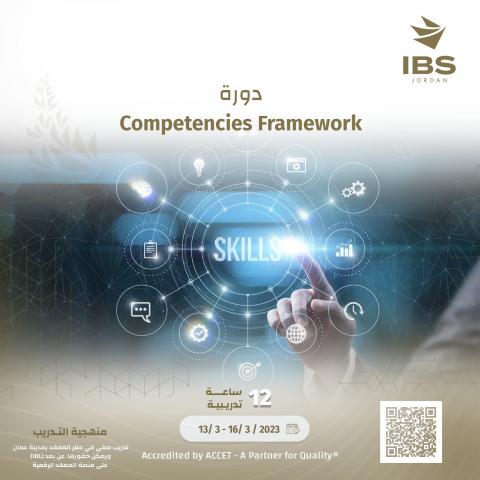
By the end of this training course, trainees will be able to :
- Define competencies, explain the important role they play in human resources and the organization.
- Analyze the main components of a competency and the differences between each.
- Design and produce a competency framework and model by extracting competencies from business plans.
- Apply competencies in the recruitment and selection processes.
- Use competencies to assess training needs, identify talent pools and produce succession plans.
- Utilize competencies and behavioral indicators in performance appraisal systems.
- Utilize competencies in quantitative job evaluation methods.
- Managers, supervisors, administrators, specialists, team leaders, business partners and officers in the functions of human resources management.
- Managers, supervisors, administrators, specialists, team leaders, business partners and officers in the functions of human resources management.
- Introduction to competencies.
- Competencies definition .
- The behavioral iceberg .
- Definition of values & competencies .
- How competencies lead to organizational success .
- The importance of competencies framework .
- What & how performance .
- Extracting competencies from job analysis/description .
- KSAO .
- Levels of learn / knowledge .
- Types of ability .
- Types of skills .
- Types of competencies .
- What is a competency profile?
- Competencies proficiency levels .
- Developing the framework.
- Steps to assess whether a competency framework is fit for purpose.
- How competencies support other HRM functions .
- Competency-based talent acquisition.
- How competencies improve recruitment and selection?
- Competency – based interview .
- Competency – based performance management.
- Benefits of a competency-based performance management approach.
- Assessment tools .
- Benefits of competency-based learning.
- How do competencies support career development?
- How do competencies support job evaluation?
